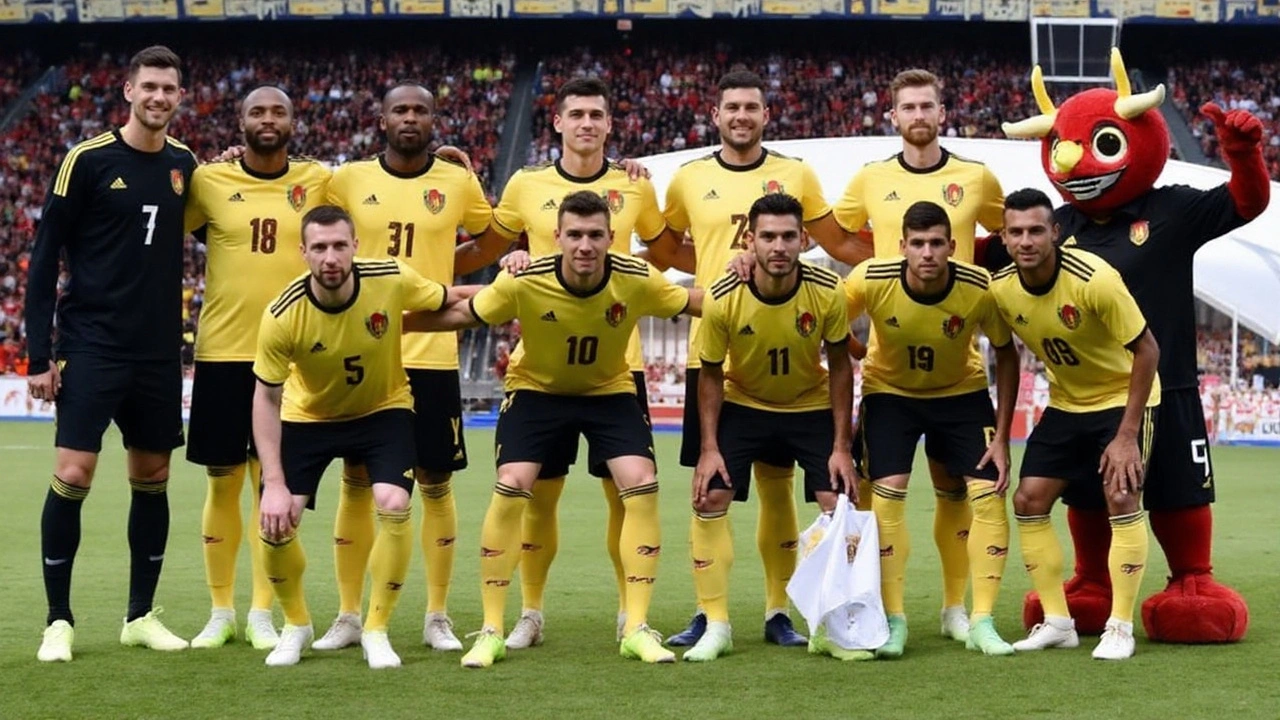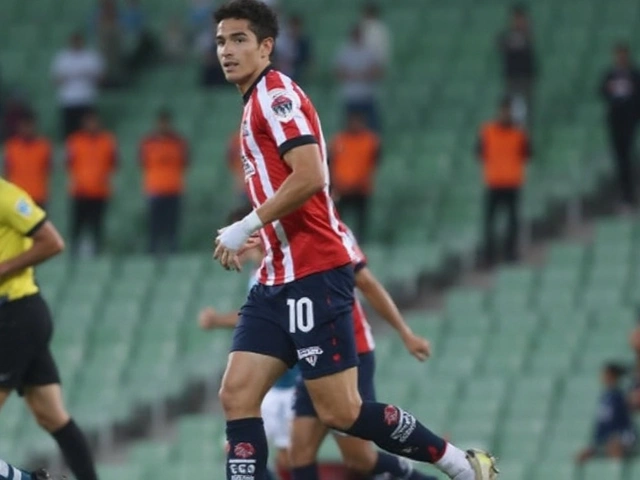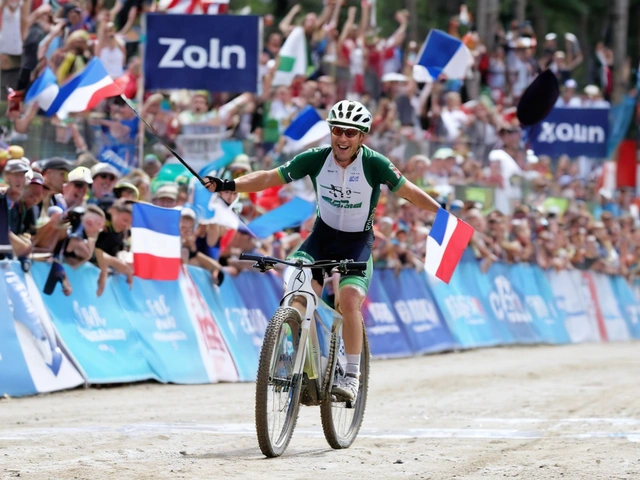World Cup 2026: Dates, Hosts, Tickets & How to Watch
Got the World Cup fever? The 2026 FIFA World Cup is coming fast, and you’ll want to know the who, what, when and how. It’s the first time the tournament will be shared by three countries – the United States, Canada and Mexico – so there’s a lot of ground to cover.
When and Where It Happens
The opening game kicks off on June 8, 2026, and the final wraps up on July 22. That’s a 45‑day stretch of nonstop soccer across 16 host cities. In the U.S., you’ll see matches in big‑name venues like MetLife Stadium (New Jersey), SoFi Stadium (Los Angeles) and AT&T Stadium (Dallas). Canada’s lineup includes BMO Field in Toronto and Commonwealth Stadium in Edmonton, while Mexico brings Estadio Azteca in Mexico City and Estadio BBVA in Monterrey into the mix.
Each city will host a handful of group‑stage games, then the knockout rounds will funnel into four main stadiums for the quarter‑finals onward. The final is set for MetLife Stadium, which can seat more than 80,000 fans.
How to Follow the Action
Tickets are the biggest headache for most fans. FIFA opened the first wave in late 2024, offering a limited “fan‑verified” pool that reserves seats for residents of the host nations. If you’re not from North America, you’ll need to go through the official online lottery. Keep an eye on the FIFA portal, set reminders, and be ready to click the moment the draw opens – they sell out in minutes.
For budget‑conscious travelers, consider buying a package that bundles flight, hotel and match tickets. Many travel agencies in the U.S. and Canada already have early‑bird deals, and they often include transport between host cities. Public transport is solid in most venues, so you can skip parking hassles.
If you can’t get a ticket, the match broadcast will be everywhere. In the U.S., Fox and the Disney‑owned ESPN family have the rights, while Canada’s Sportsnet and Mexico’s Televisa will carry the games locally. Stream‑friendly fans can use the official FIFA streaming app, which offers live stats, highlights and multi‑camera angles.
Don’t forget the local fan zones. Each host city will set up large screens, food stalls and music stages. It’s a great way to soak up the vibe without the expense of a stadium seat. Arrive early, bring a flag, and you’ll feel the tournament’s energy just as if you were on the pitch.
Qualifying teams are shaping up too. As of now, the United States, Canada and Mexico automatically qualify as hosts, leaving 44 spots up for grabs. Expect surprise teams from Africa and Asia to make their mark – the 2026 edition promises the biggest, most diverse field ever, with 48 teams instead of the usual 32.
Finally, think about the legacy. The infrastructure boost – new stadiums, upgraded transport and a surge in youth soccer programs – will stay long after the trophy is lifted. If you’re a coach or a young player, look out for community clinics and coaching clinics that FIFA and local federations will run throughout the tournament.
Bottom line: The 2026 World Cup is a massive, multi‑nation party. Mark your calendar, scout tickets early, and get ready to watch the best soccer on the planet, whether you’re in a stadium, a fan zone, or on your couch. The countdown starts now, and the excitement is only getting louder.
Belgium named a veteran-heavy squad for their World Cup 2026 European qualifier against Kazakhstan at Lotto Park, then bossed the match with 66% possession and 32 shots. Thibaut Courtois, Kevin De Bruyne, Axel Witsel and Romelu Lukaku led the core. The fixture followed a trip to Liechtenstein on September 4 as part of a tightly managed September window.
Recent-posts
Nov, 9 2024






